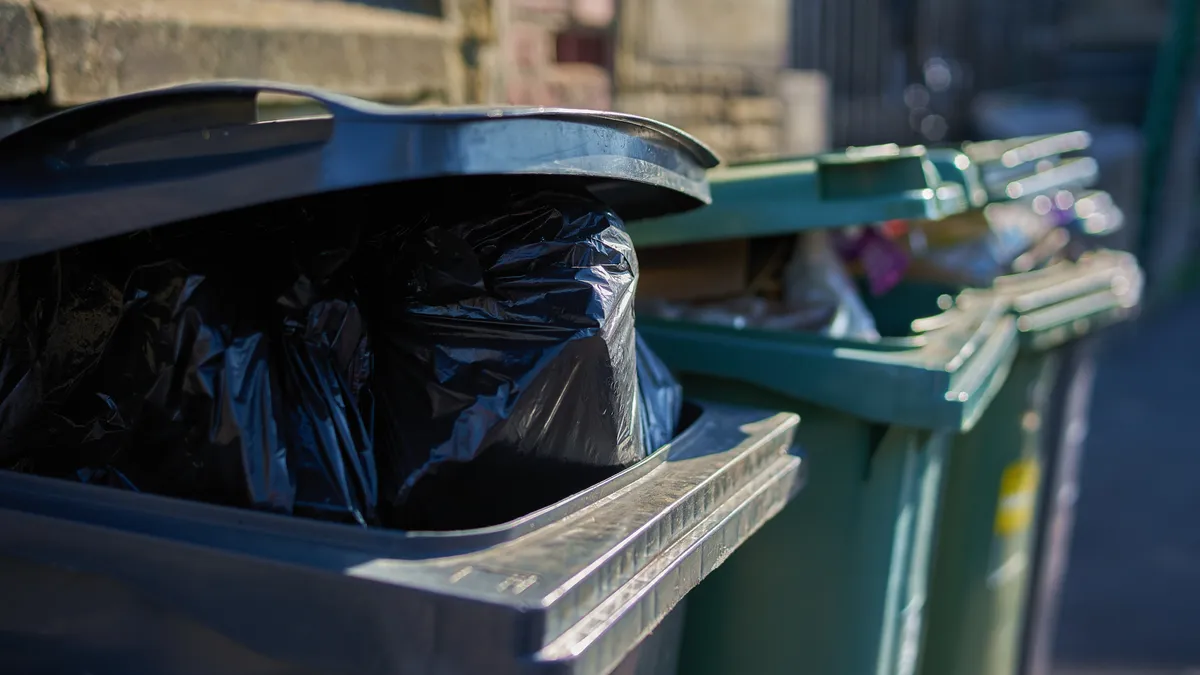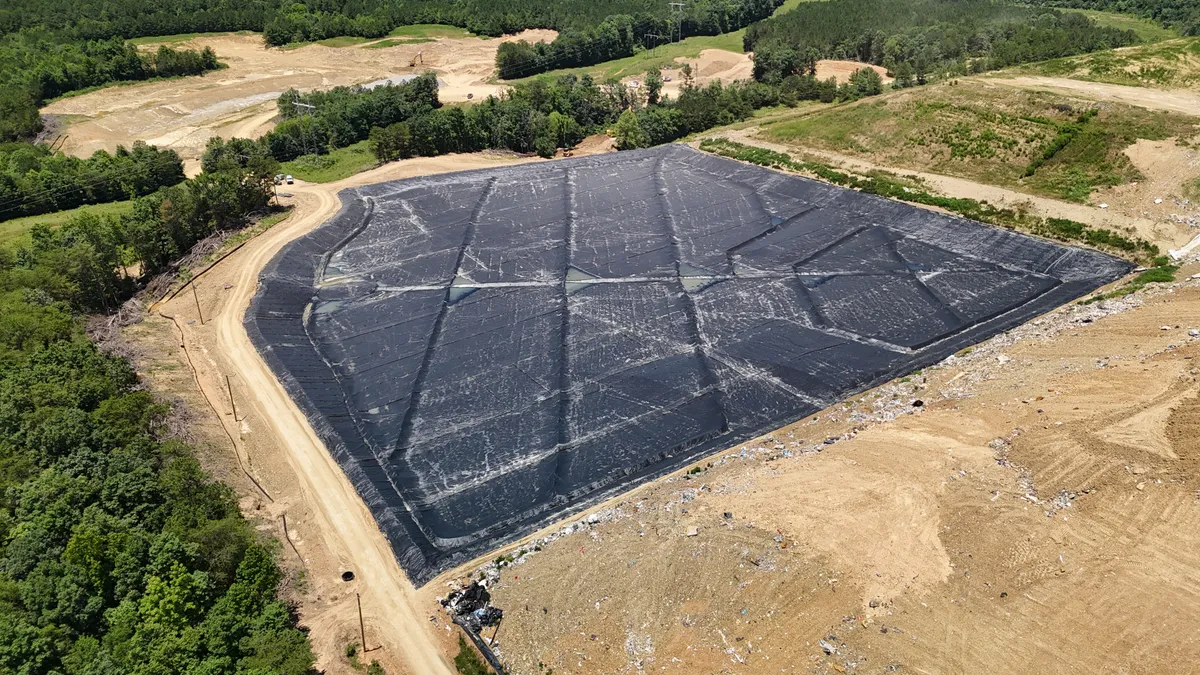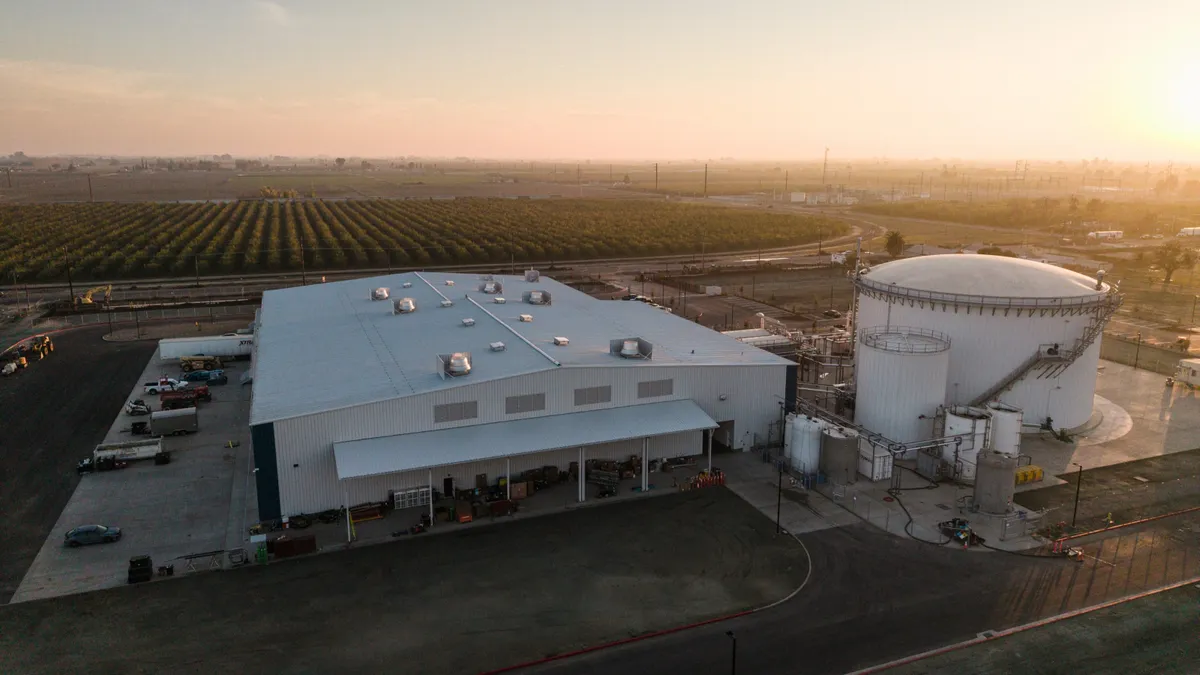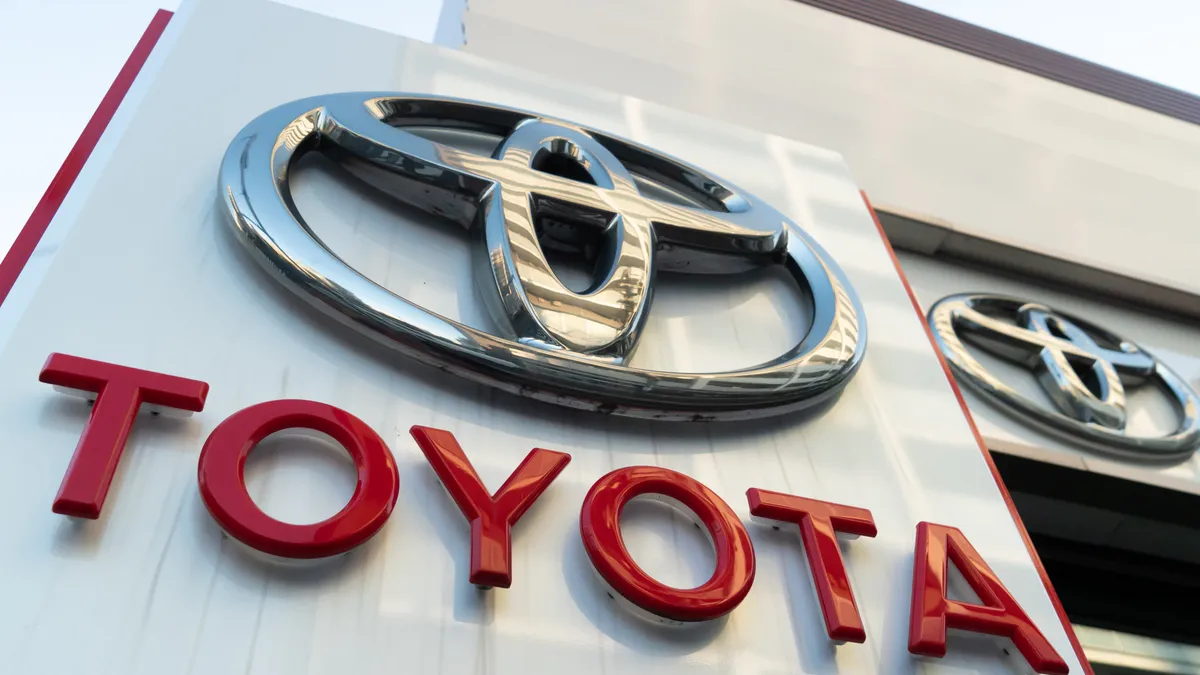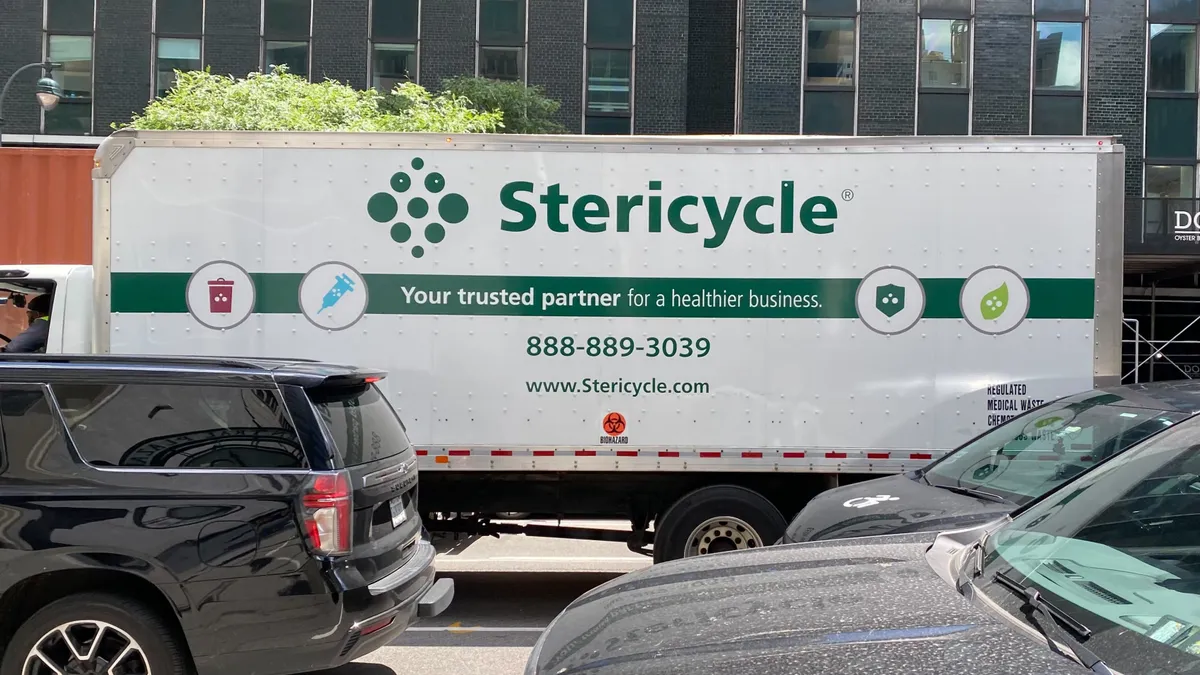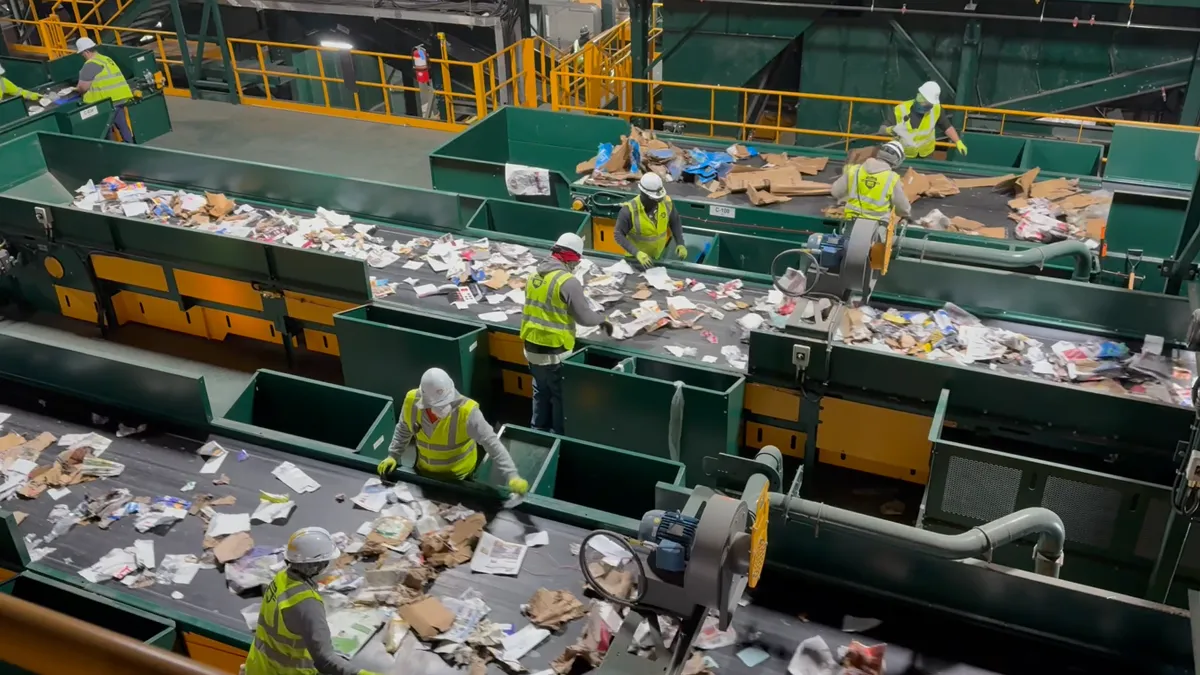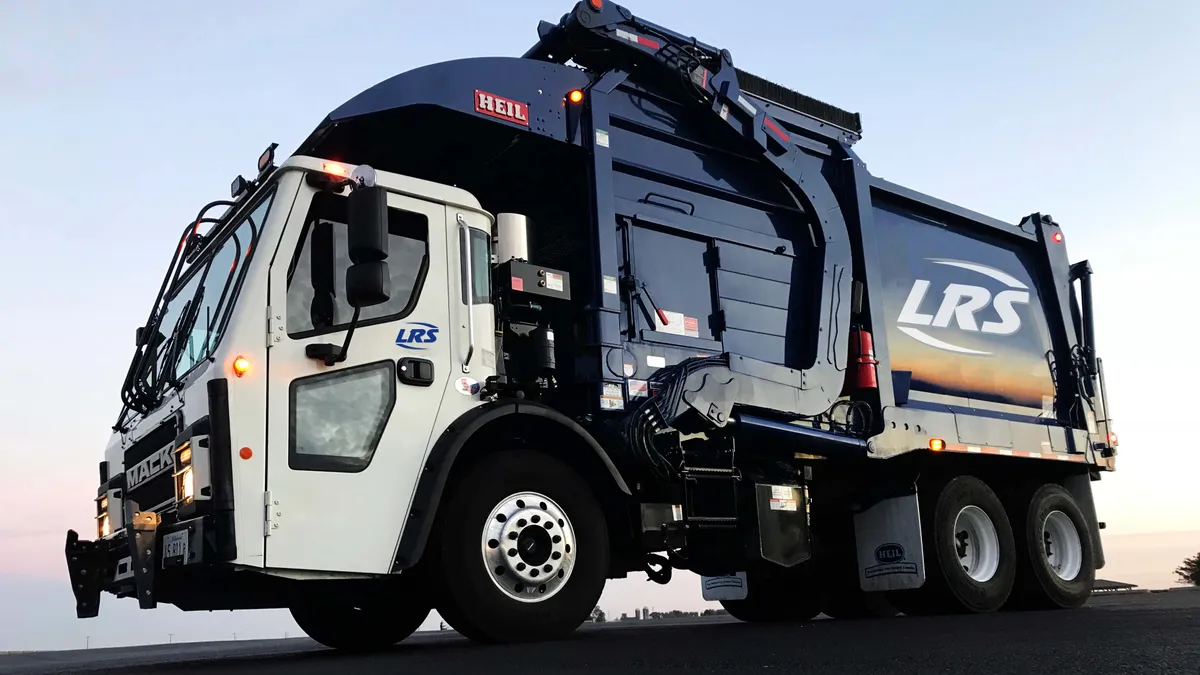This story is part of a series on trends shaping the U.S. waste and recycling industry in 2022.
The U.S. waste and recycling industry is at a clear inflection point after multiple years of sustained M&A activity and particularly challenging factors influencing multigenerational, family-run companies to call it quits. Experts agree this wave of deals is bound to subside eventually — just not yet.
“The last five years have been extremely elevated, and so at some point we’re going to cool off," said Hamzah Mazari, a managing director at investment firm Jefferies, "but we don’t think it’s going to be 2022.”
Acquisitions have always been a core element of the industry's competitive strategy, though longtime observers see this latest round as unique for several reasons.
Low interest rates are making it cheaper for buyers to offer competitive valuations that a growing number of multigenerational family operators have decided are too good to turn down. This comes as these private companies are struggling with the compounding pressures of pandemic fatigue, labor challenges, chip shortages for new equipment, other supply chain constraints and increasingly stiff competition for post-collection infrastructure.
"The business has become more complicated," said Mazari. “If you were on the fence to sell, you probably are a seller right now.”
Official 2021 data won't come out until fourth-quarter earnings results get released next month, but Stifel has estimated a potential M&A spend of nearly $3.46 billion among the top publicly traded companies — including a gradual return of activity by Waste Management. Even when excluding the $4.6 billion Waste Management-Advanced Disposal Services transaction in 2020 and other major mergers between public companies, spending within the last five years likely rivals any prior periods in the sector, Stifel Managing Director Michael E. Hoffman said.
Viewed another way, Mazari said that M&A spending by public companies from 2016 to 2020 was around $14 billion (including the Waste Management-Advanced deal), versus $6 billion between 2011 and 2015 and $4 billion between 2006 and 2010. This data excludes stock-based public company deals, as well as spending led by private companies and increasingly active private equity firms.
Historical precedent
While this latest era of M&A may be larger than others in terms of dollar amounts, longtime industry observers note it's generally more targeted — and often more successful — than past iterations.
When the North American waste industry's first major companies began to gain scale in the 1970s — led by names such as Browning-Ferris Industries (BFI), Waste Management, SCA Services and Laidlaw — their "roll-up" acquisition strategy was sometimes more focused on gaining scale than maximum efficiency. Waste Age magazine started using the term agglomerate (defined as "clustered or growing together but not coherent") to describe these players in 1972, and accounts of the period show just how active it was.
"BFI executives jetted into cities as close to Houston as Lake Charles, Louisiana, and as distant as Thunder Bay, Ontario. Local haulers and landfill operators were offered big salaries if they agreed to sell out and stay on board under the flag of the continental chain," states the 1993 book "Giants of Garbage," written by Harold Crooks. "The response was spectacular, and during late 1969 and 1970 BFI penetrated twenty different urban markets, buying firms in each."
New federal waste regulations and other factors prompted further consolidation well into the 1980s. The industry also saw other large players emerge to try to capitalize on the success of their predecessors. By the 1990s there were roughly twice as many publicly traded waste companies as there are today, though that list soon began to shrink.
“There was an absolutely massive consolidation that occurred, gaining steam starting in the mid-1990s and then basically blowing up in 2000, where USA Waste took over Waste Management, and there was this series of accounting issues," said Leone Young, an industry consultant, Waste360 columnist and former managing director at Citigroup. Young noted the blockbuster 1999 BFI-Allied Waste transaction as another prime example. “Both of those deals ended up very problematic, taking a long time ultimately to be resolved."
After that, major public deals became less frequent but also yielded better outcomes. Republic Services' 2008 purchase of Allied was described by the Wall Street Journal as "successful from the start." Waste Connections' 2016 purchase of Progressive Waste Solutions and the 2020 Waste-Advanced deal were considered similarly favorable by analysts.
Young, as well as Stifel's Hoffman, said the industry has come a long way from its roll-up years, and today's top players are much more disciplined. Hoffman said the public companies have regularly outperformed the stock market in recent years. Many private companies have also followed suit in how they grow and run their businesses, creating a more stable sector.
“The industry has learned how to be a best-in-class business," said Hoffman. “The buyers are buying better-managed companies," and public companies have learned how to improve their sustainable growth rate and conversion of free cash flow.
Another difference in this latest cycle is the larger presence of private equity investors and waste companies with their backing. Last year alone saw the announcement of high-profile equity deals involving Covanta, WIN Waste Innovations, LRS and GreenWaste, along with many smaller transactions.
Private equity interest in the waste industry has also created new pathways to growth, as seen with GFL Environmental going through a series of equity deals that helped fuel rapid expansion before its 2020 initial public offering. Yet Mazari noted that aside from Macquarie (a one-time GFL backer), for the most part, large equity funds "haven’t gotten that aggressive yet" in waste. They tend to be more focused on other sectors, like energy and transportation, that have a greater number of large acquisition targets.
Why now
Some of the momentum behind this latest round of M&A has been attributed to economic factors such as the 2017 Trump tax cuts and unsuccessful Democratic tax increase efforts in 2021, but one of the main reasons may also be the most obvious.
"I don’t think we should underestimate how difficult it has been to run a waste company during the pandemic. Some owners may decide to sell in response to those challenges," said Solid Waste Association of North America CEO David Biderman. He pointed to National Sword's recycling effects as another major factor. “The past five years have been uniquely challenging for solid waste companies.”
Stories abound of businesses facing staffing issues and company leaders having to get back behind the wheel of a collection truck, plus expensive requirements or expectations around technology and environmental initiatives in certain markets. The past year has even seen the sale of widely respected and long-running family businesses such as E.L. Harvey & Sons in Massachusetts, Peoria Disposal Company in Illinois and Willimantic Waste Paper in Connecticut.
"There have always been a group of private companies that were long-held family companies that I just would never have put as sellers in previous cycles," said Young, speaking broadly. “The generational issue probably could be hitting more and more companies."
While details are often limited around any deals, analysts and industry sources say they're hearing multiple examples of company leaders not having natural successors who want to take over the business.
Combined with a seeming decline in the cycle of serial entrepreneurs who build and sell numerous waste companies over their careers, this wave of M&A could be leading to a greater level of industry consolidation. Hoffman said anecdotally it's becoming more common to see deals involving companies with approximately $20 million to $100 million in revenue, versus the usual array of smaller tuck-ins, and fewer operators are using the proceeds to reenter the industry.
“I think the era of the restarting is going to be far more muted than in history," he said. “This feels like 'we’re exiting,' not 'we’re monetizing.'”
And while the industry is still seeing new and growing competitors — particularly on the collection side, where the barrier to entry is lower — the increasing concentration of key assets among the top companies may make it harder to get a foothold.
“It’s more challenging to compete with the integrated competitors as a startup than it was 15 years ago because they have a greater percentage of the disposal capacity, which gives them more pricing power," said Biderman.
What's next
In taking a broader view of what may be coming next, analysts said it's useful to remember this acquisition activity is also part of a trend beyond just the municipal solid waste industry.
According to Effram Kaplan, a managing director and head of business and industrial services investment banking at Brown Gibbons Lang & Co., consolidation in the larger industrial services landscape is only in its first few innings. Kaplan has previously estimated the environmental services and specialty waste segment is particularly fragmented, with no company managing more than 5% of the workforce.
As seen with Republic's acquisition of ACV Enviro, along with GFL's diversification beyond solid waste and other examples, some industry players may increasingly look to expand their plans into the broader environmental services sector. One reason may be that traditional consolidation opportunities are more limited than before. Such acquisition targets also tend to trade at a lower multiple and have more near-term growth potential than the "incredibly consistent" but more incremental pace of solid waste, said Kaplan.
"From a strategic perspective, it’s harder to consolidate in the solid waste space," he said. "They’re searching for better ways and more aggressive ways to grow, whether it be margin — through other tangential markets or services with similar customers — or just higher growth-rate opportunities.”
Such moves may also be advantageous from a regulatory standpoint, as they could potentially prove easier to get through the federal antitrust review process. Analysts say the U.S. Department of Justice has become even more nuanced in its review of industry transactions over the years, as most recently seen with the divestiture requirements for the Waste-Advanced deal and Republic's 2021 purchase of Santek Waste Services.
Analysts do still believe at least one more mega-deal between could be feasible from a regulatory standpoint (with divestitures likely, depending on the combination of solid waste players), but in the meantime, they expect the list of publicly traded companies is more likely to grow before it contracts. Either way, this still leaves ample opportunity for the acquisition of midsize and large companies to come. Transactions can happen anywhere, but regions with longtime family businesses or high population growth rates may be particularly active.
“I think by the time we get to the middle of the year, the activity level will be enough that guidance will be raised based on M&A alone," said Hoffman.
When asked what, if anything, could slow this momentum, these analysts and advisors suggested factors could include a normalization of the labor market and supply chain situation or a notable change in the overall economy. Even if interest rates go up as expected, and potentially affect deal economics, Mazari described that scenario as a possible upside for sellers looking to invest their proceeds.
“It's really hard to see activity slowing down," said Kaplan. "If anything, we’re being surprised on the upside already in the first month of the year how active the market is."



